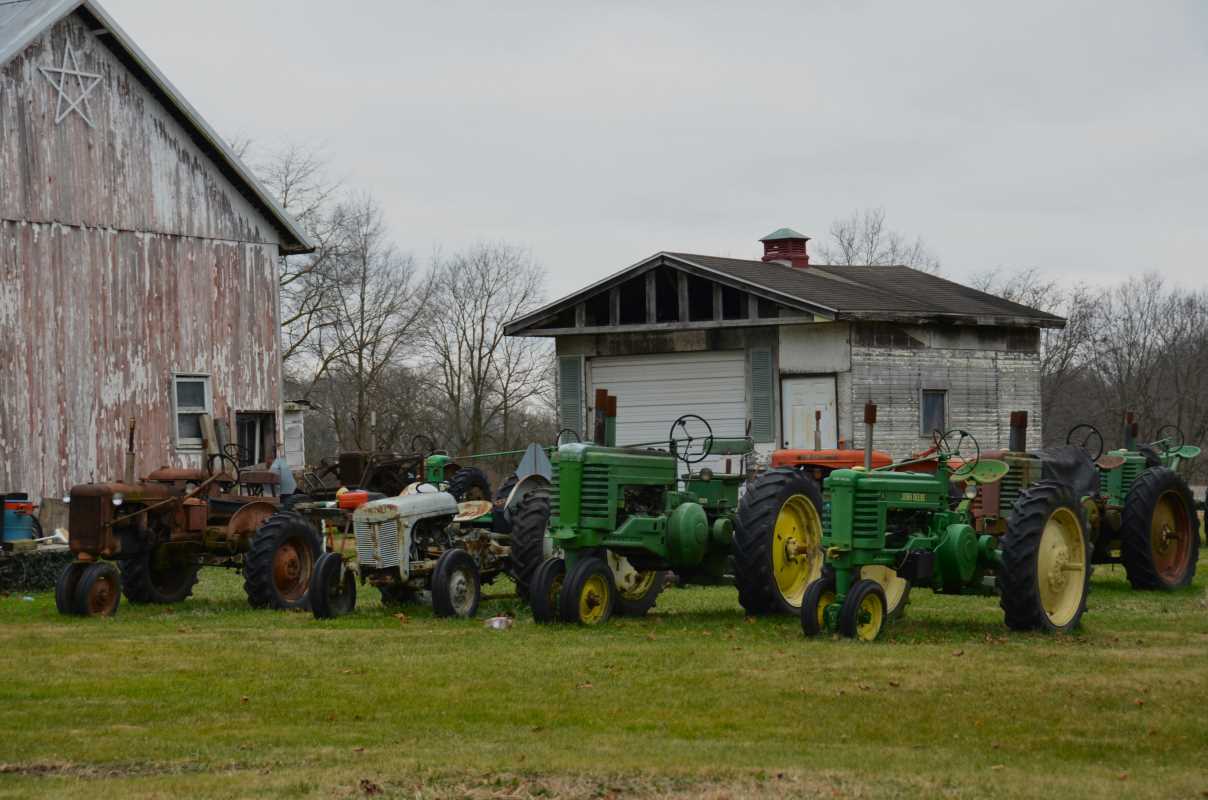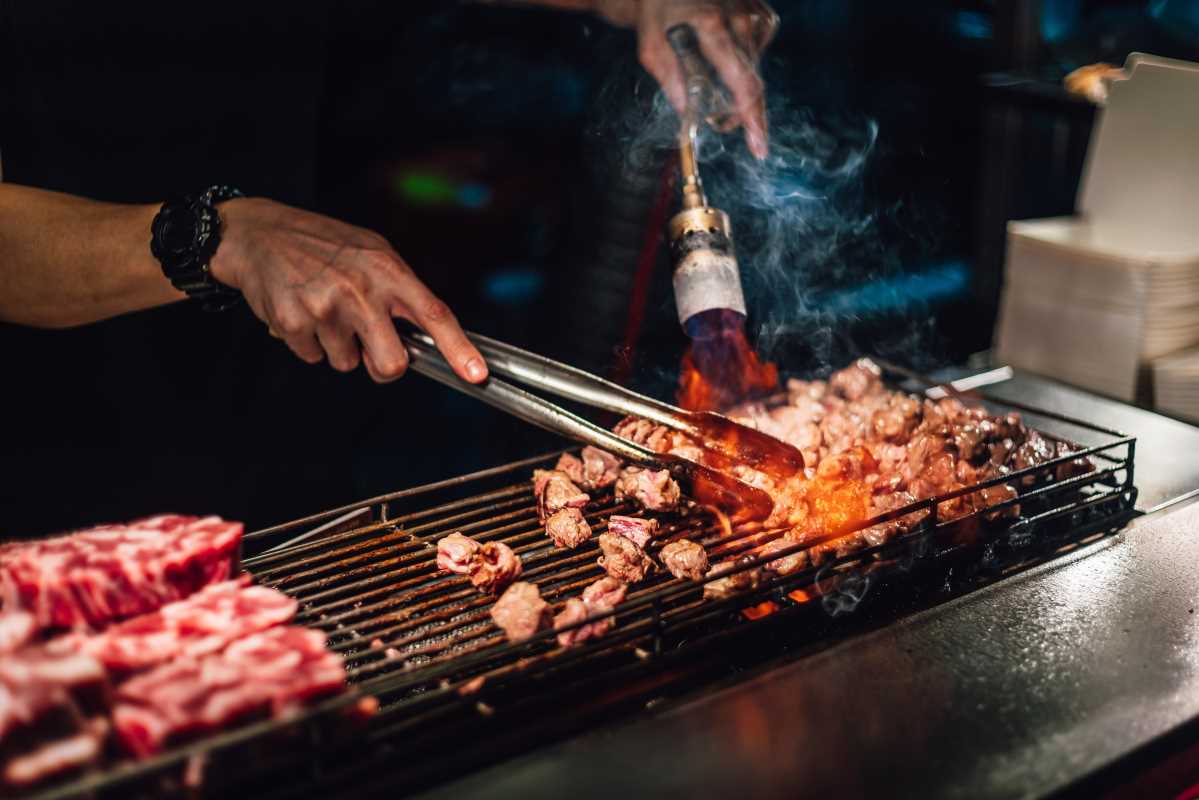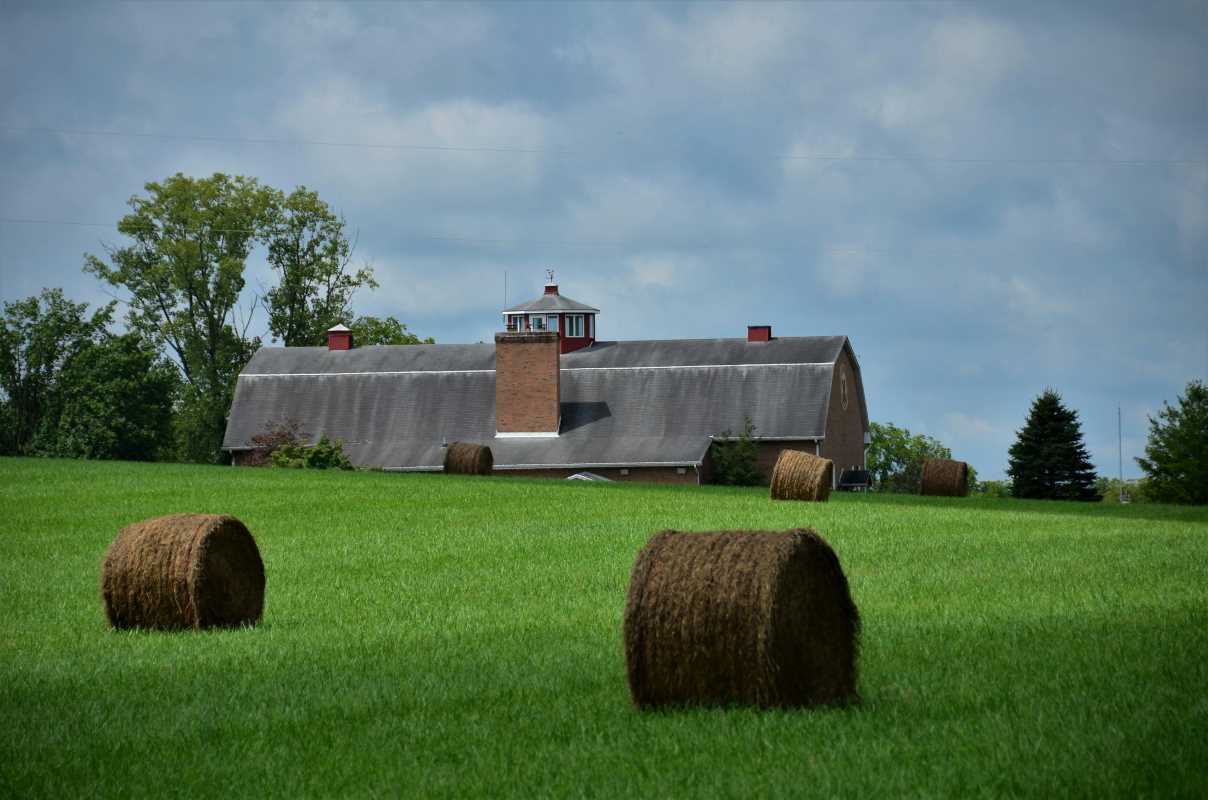Many landholders with expansive fields find that renting out their tractors, harvesters, and tillage equipment brings in additional income throughout the year. When owners develop a clear plan for sharing their machinery, they ensure that valuable tools remain productive rather than sitting unused. By offering equipment that matches the specific needs of local farmers, owners create new opportunities to earn money without investing heavily up front. This practical approach not only helps offset maintenance expenses but also builds stronger connections within the farming community, as operators can rely on quality machines during busy seasons.
Success starts with knowing what neighbors need and tailoring services. Each step, from pricing to upkeep, influences how often machines roll out. Follow smart moves to build trust, cut downtime and keep machines ready whenever someone calls.
1. Assess Equipment Demand and Market Needs
First, walk around your area and talk with other folks who grow crops or raise livestock. Note which machines rarely show up on nearby properties. If most neighbors own a plow but few have a baler, renting a baler fills a gap.
Visit local co-ops and feed stores. Ask what renters ask for most and what sits unused. Combine these observations with online listings in nearby towns. Cold hard data on search volume or frequent inquiries guides which machines earn rental fees fast.
2. Set Competitive and Profitable Rental Rates
Balance what renters will pay against your costs. Base rates on these key factors:
- Daily or weekly market prices in your region
- Fuel consumption and maintenance expenses
- Insurance and registration fees allocated per rental
- Seasonal demand spikes during planting and harvest
- Distance for drop-off or pick-up services
Test rates by offering a slightly lower introductory price. Monitor how often each machine moves and adjust upward for high-demand items. A clear rate sheet helps renters compare options and pick what fits both usage and budget.
3. Establish a Maintenance and Servicing Schedule
Well-kept equipment stays busy longer and avoids breakdowns that frustrate renters. Follow these steps to protect your investment:
- Log hours of use after each rental and inspect filters, hoses and belts.
- Change oil and fuel filters every 100 operating hours or per manufacturer guidelines.
- Grease fittings and check tire pressures weekly during peak seasons.
- Schedule in-depth service with a certified mechanic at least twice a year.
- Keep spare parts like blades, brake pads and hoses on hand.
Create a visible sticker on each machine with the next service date. This visual cue prevents missed maintenance and shows renters you care about safe operation.
4. Develop Targeted Marketing Campaigns
Spread the word where local growers gather. Post flyers on community boards at supply stores, machine shops and feed mills. A clear photo of your gear plus rates and booking details grabs attention in just a glance.
Share short status updates and high-quality images on nearby social media groups. Mention quick-turnaround rentals for urgent jobs like storm cleanup. Offer a small discount to first-time renters who book through an online form or text message.
5. Streamline Logistics and Delivery
Moving heavy machinery takes time and fuel. Organize a delivery schedule that groups nearby jobs on the same day. A simple map and list ensure you hit each site in logical order.
Use sturdy, well-maintained trailers with clear loading instructions. Provide renters with a quick checklist: proper hitch connection, brake light tests and tire checks. This helps them handle initial setup without delays.
6. Use Technology to Improve Operations
Set up a basic reservation system with a shared calendar or free online tools. Let renters view availability and lock in dates. Automatic reminders prevent no-shows and reduce confusion at pick-up time.
Track usage data with simple GPS units or built-in hour meters. Patterns will become clear: which machines sit idle and which get heavy use. Use that information to rotate equipment, retire underused items or invest in new tools that meet actual demand.
Smart rentals rely on thorough research, fair pricing, and regular maintenance. Meeting local needs and maintaining equipment ensure consistent income and repeat renters.
 (Image via
(Image via





